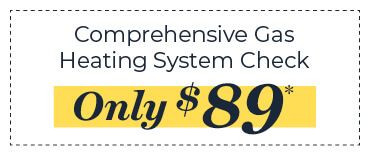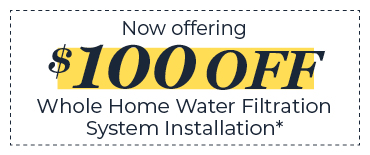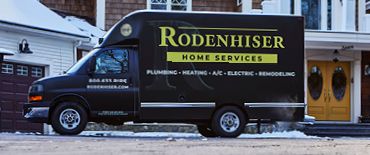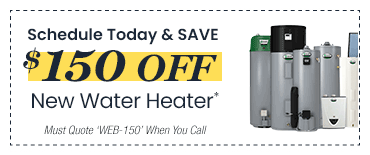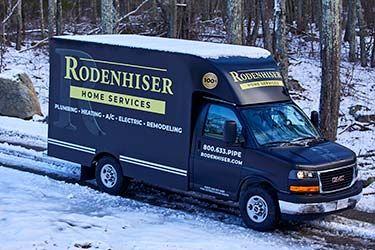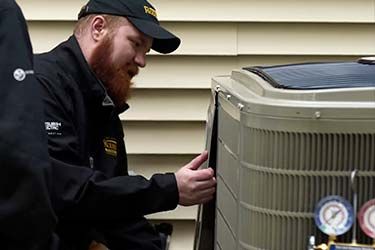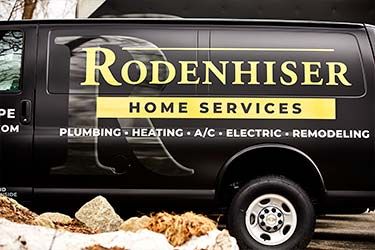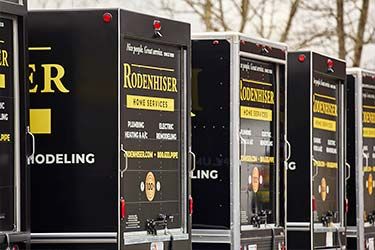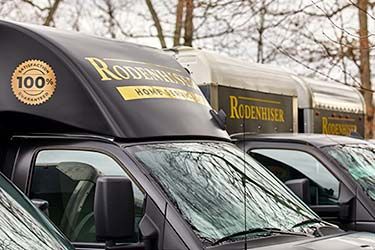
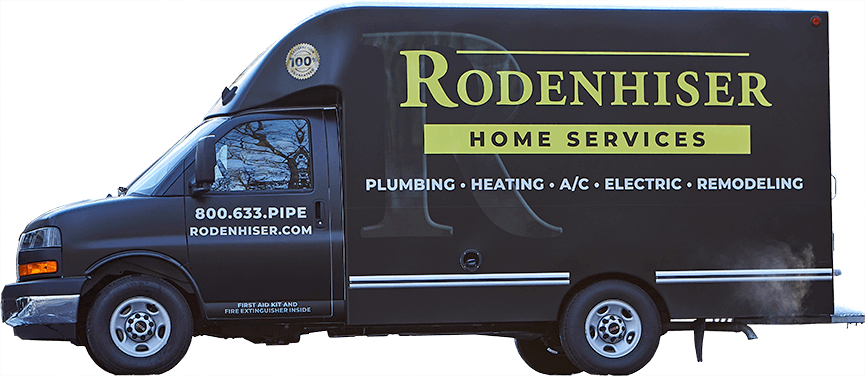
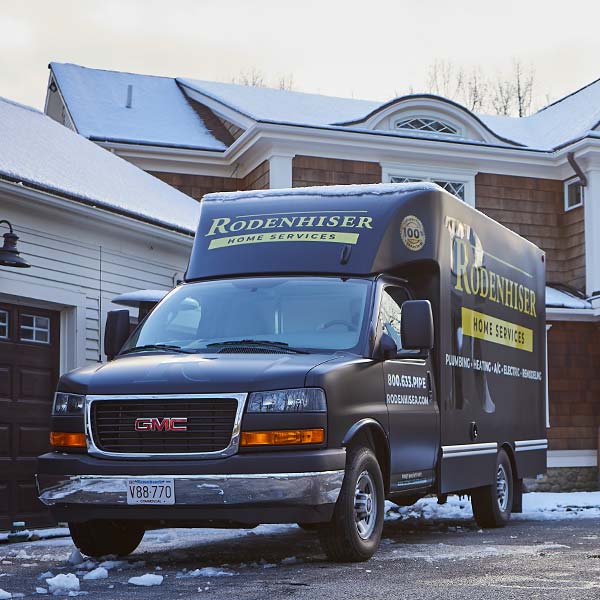

When Upgrading HVAC Equipment and Home Appliances, Choose the Energy Star
When you need to upgrade the major appliances in your home, choosing Energy Star qualified products will help you save energy in the long run and lower your utility bills. These appliances may cost a bit more at first, but the investment will pay you back. The federal Energy Star program was established to make it easy for consumers to choose products that use energy wisely.
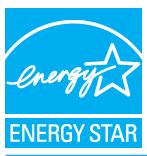
The appliances in your home that use the most energy are your heating and cooling systems. To earn the Energy Star designation, HVAC systems have to demonstrate that they use less energy under a variety of climatic conditions. The following Energy Star minimum efficiency standards apply to HVAC equipment:
Furnaces
The annual fuel utilization efficiency (AFUE) of a gas furnace must be 95 percent or higher to earn the Energy Star logo in the Northern U.S. (the minimum is 90 percent in the South). A furnace with AFUE 90 percent converts nine-tenths of its fuel into heat for your home, instead of wasting it up the chimney. The minimum AFUE stands at 78 percent, so choosing Energy Star heating appliances for our region makes sense.
Cooling Systems
Central air conditioning systems need to have a seasonal energy efficiency ratio (SEER) of 14 and higher. The minimum stands at 13, and each single increase in the SEER lowers energy consumption by 10 percent when tested in laboratory conditions.
Heat Pumps
Since these appliances also cool, they must have a SEER of 14 or higher to get the Energy Star. For heating efficiency, the heating season performance factor (HSPF) must be 8.0 or more. In our New England climate, choosing a heat pump with a higher HSPF is probably you main goal, since winter heating requires more energy than summer cooling.
Installation Factors
Unlike other appliances, how the HVAC equipment is sized and installed make a significant difference in energy costs and the system's service life. The contractor should size them using Manual J software and follow the Energy Star program for its installation.
For more information about choosing Energy Star appliances in the Route 495/128 area of Medway MA, please contact us at Rodenhiser Plumbing, Heating & Air Conditioning.
Images via Shutterstock.com
Nice people.
Great service.
Since 1928Terms & Conditions | Privacy Policy





Read From Over 14,000 Happy Customers
-
Both Alex and Patrick were knowledgeable, courteous, and professional. They made a change that might have solved the recent problem and have structured a more complete solution. We agreed to this...

-
Mike was thorough, thoughtful and considerate. Covered their shoes before entering, surveyed my issue and provided an explanation of the services and costs. Great Job!

-
Alex did a great job providing an explanation of the services provided and went out of his way to offer assistance/advice on other issues outside of our scheduled maintenance visit.

-
Brian did an excellent job inspecting our 18-year old boiler and replacing some of the accessory hardware that needed it, he also adjusted the outgoing hot water settings for our radiators and...

-
Rodenhiser is my one stop shop!!! They take care of my HVAC, electrical, and plumbing issues & are always helpful addressing any questions I may have about the systems in my house! Everyone...

-
Chris G. and Nick V. showed up bright and early at 8am to fix my water heater issue. They were on time, polite and were able to fix an issue that has been plaguing my house for a good year. They...

Call Rodenhiser at
508-321-3089
Call Rodenhiser at 508-321-3089
When you are looking for plumbing, electrical, heating or air conditioning in the Route 495 / 128 area, you will be delighted that you called Medway MA' trusted choice since 1928.
With a total dedication to professional workmanship and excellent service, discover why families and businesses continue to trust Rodenhiser after generations of service
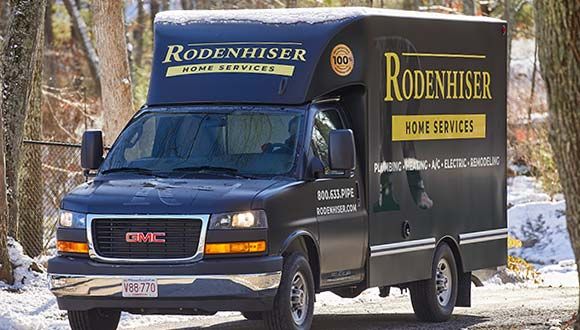
Trusted Plumbers
Fast, On Time
HVAC Experts
Satisfaction Guaranteed
Expert Electricians
Maintenance Plans
CONTACT RODENHISER TODAY
325 Hopping Brook Rd Holliston MA 01746.
-
Master Plumber: #10961
-
Corporate Plumbing: #2288
-
Master Electrician: #23917A
-
Electrical Business: #4804
-
Master Sheet Metal (Unrestricted): #5867
-
Corporate Sheet Metal: #641
-
Home Improvement Contractor: #188806
*Heating system check terms and conditions: Residential Only. Must reside within our service area. Offer only available to 1 unit per household additional units are at full price. Can not be combined with other offers
*Late Season Special Extra Conditions: Gas Systems only. No Discounts on oil systems. Promotional price limited to one system per home, additional systems will be charged at full price. Residential Systems only. Must reside within our service area. *For EV Charger Offer also: valid only when the system is purchased through Rodenhiser.
